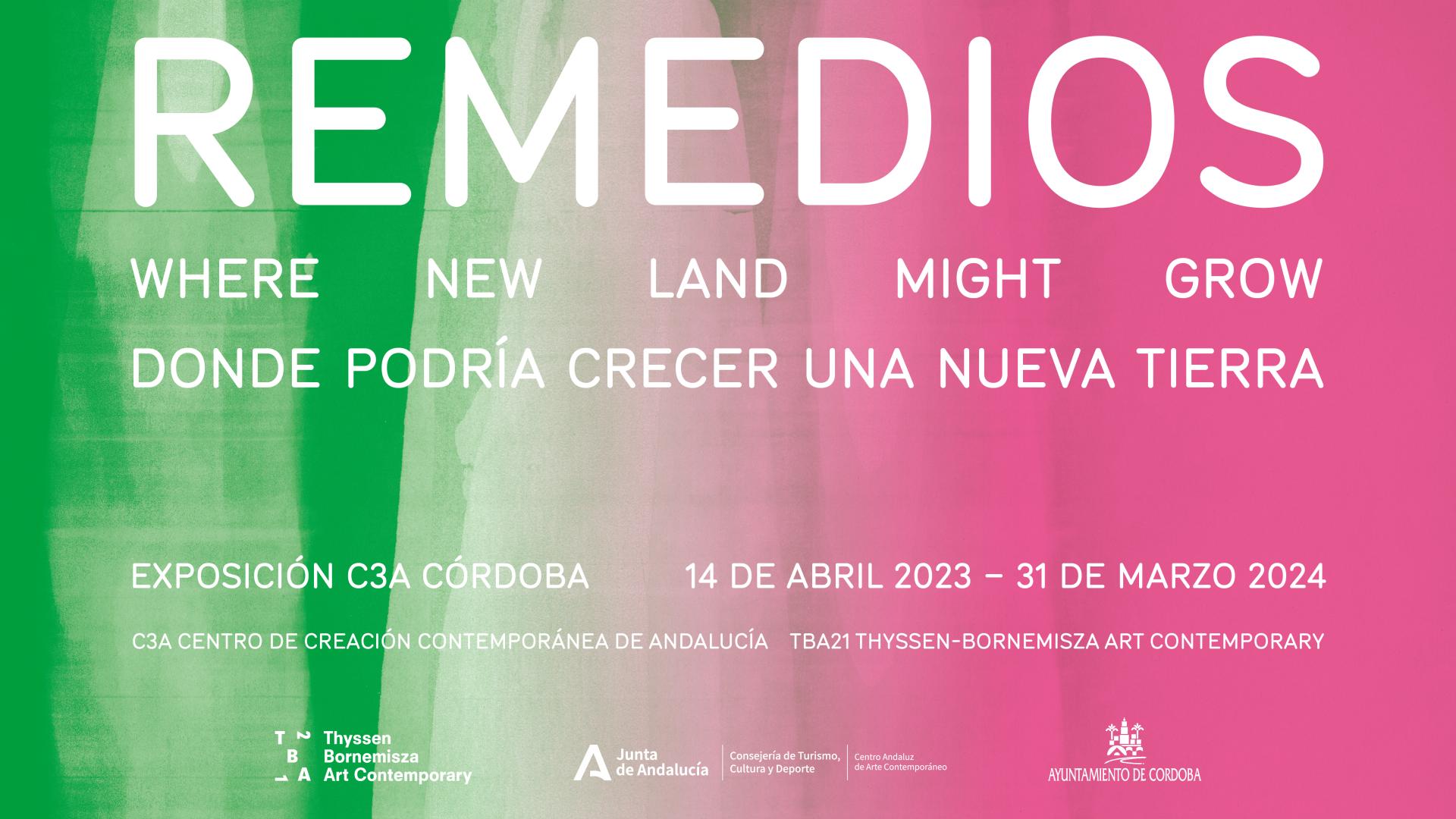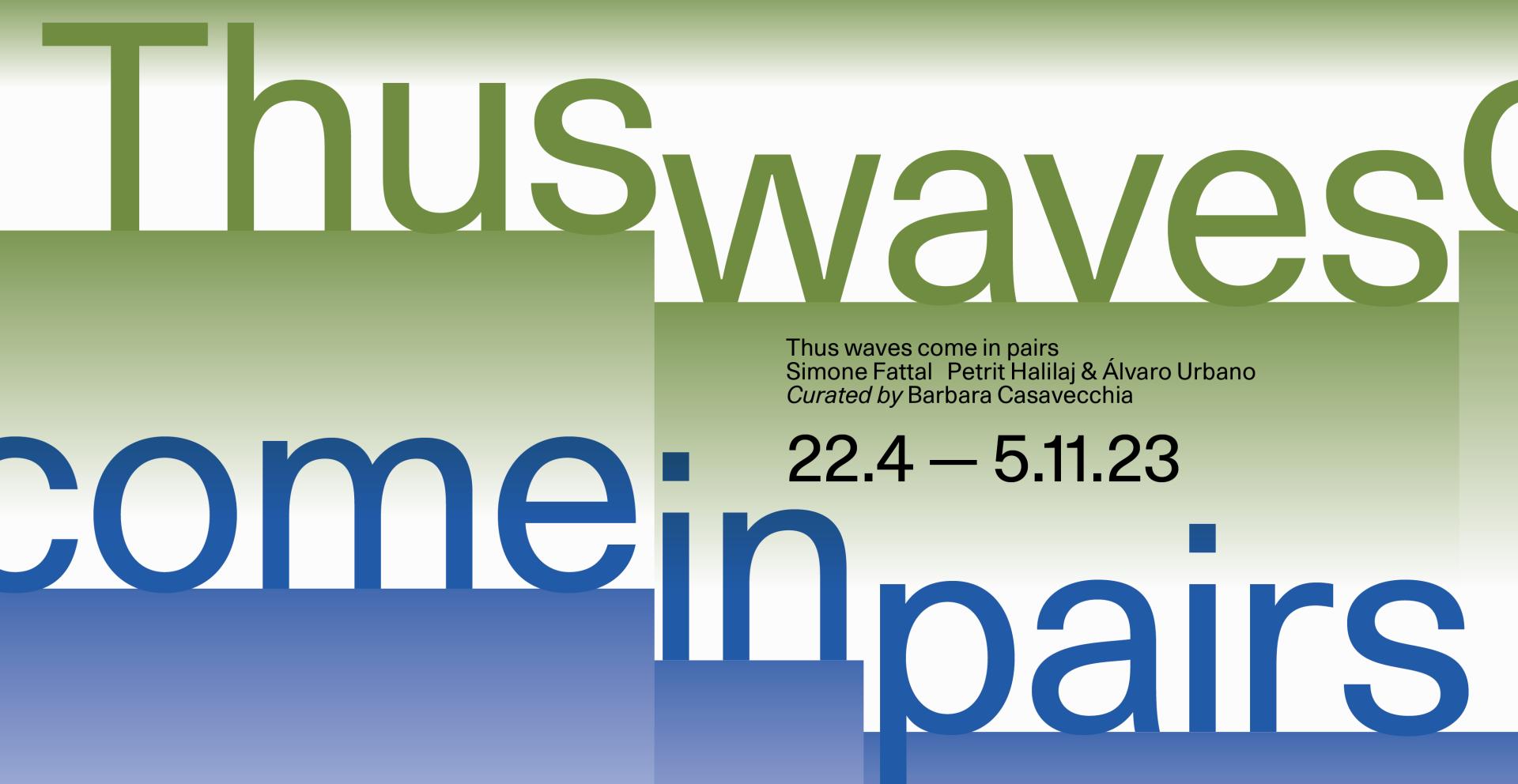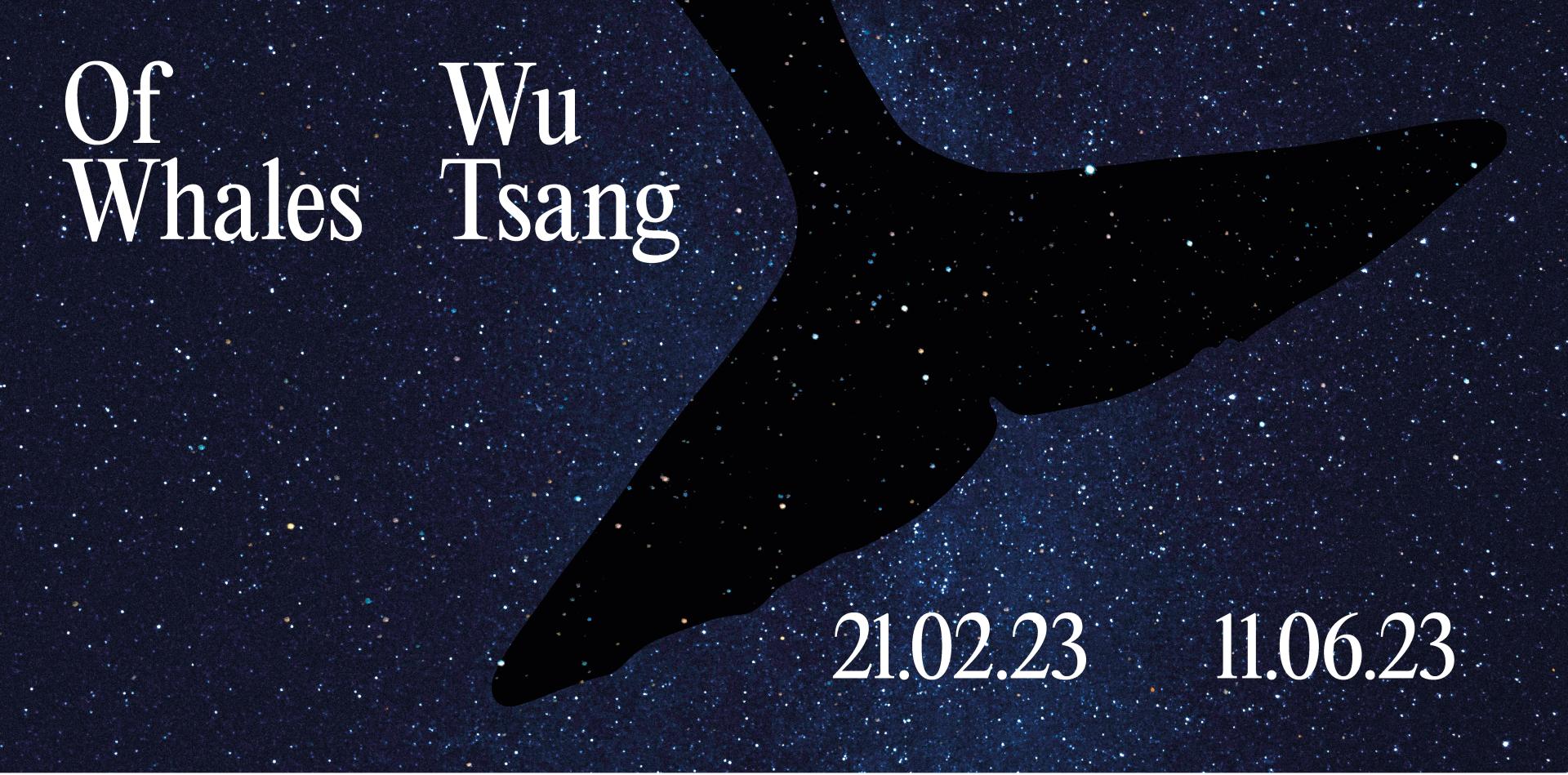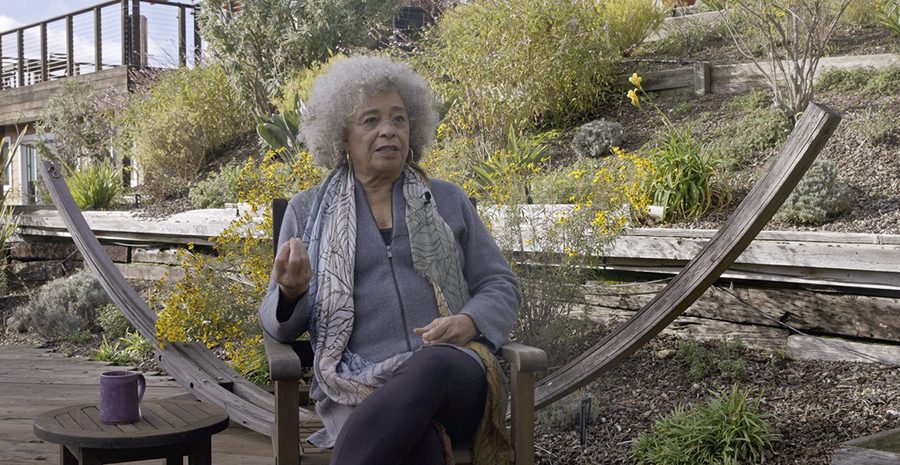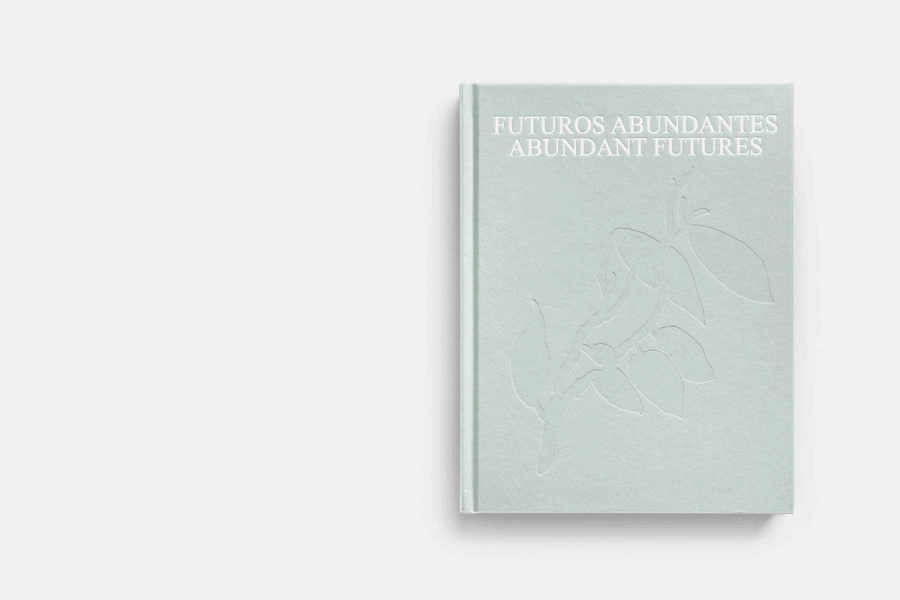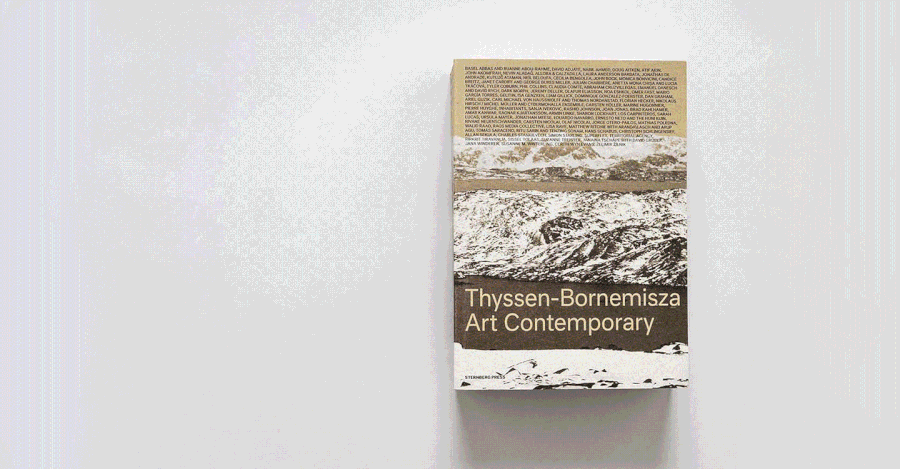Infusions (Big Hunt)
Catherine Sullivan

Photo: Courtesy the artist | Galerie Catherine Bastide, Brussels, 2007

Photo: Courtesy the artist | Galerie Catherine Bastide, Brussels, 2007

Photo: Courtesy the artist | Galerie Catherine Bastide, Brussels, 2007

Photo: Courtesy the artist | Galerie Catherine Bastide, Brussels, 2007

Photo: Courtesy the artist | Galerie Catherine Bastide, Brussels, 2007
Collection
35 b/w photographs, grouped in eight suites
26.5 x 34 cm (each print)
29.6 x 37.4 x 0.9 cm (each, framed)
Overall dimensions variable
Infusions (Big Hunt) is a suite of photographs taken during the filming of a five-screen projection by the same name. The title refers to a drama expression for challenging leading parts. Catherine Sullivan re-staged and choreographed scenarios from diverse sources, believing no viewer would be familiar with them all. Films such as Marat/Sade, Tim and Whatever Happened to Baby Jane? and imagined episodes from the true story of Birdie Jo Hoaks (a woman who tried to cheat the welfare system by passing as a 13 year old orphaned boy) and Irish Wake Amusements (pranks based on the misfortune of others). "The Miracle Worker" - the subject of Gold Standard (hysteric, melancholic, degraded, refined), which became a prototype for Big Hunt - recurs in all five screens. Using a steadycam to move through the scenes, the actors were filmed performing repetitively and simultaneously, crossing over into other sets, all housed in the same studio. Multiple interpretations were played by different combinations of actors, using styles such as expressionist, minimal, realist and hysteric. Constant movement and interchange makes the installation kaleidoscopic. The work deconstructs theatrical conventions, examining the way in which the meaning of a scene or gesture can be altered according to style. Non-verbal communication releases the scenes from their original context, isolating formal characteristics of expression to study the body's capacity for signification. The episodes that fall outside the realm of cinema, present facets of acting that are endemic to real life as a means of survival or therapy. Sullivan uses the conceptual framework of the writings of Elias Canetti. Combining anthropological and psychoanalytical models of a guilt/persecution complex, he roots collective lamentation and absolution in the rituals of the hunt. For Sullivan, this ritual is the drama of spectacle where the crowd acknowledges its destructiveness, absolving itself of guilt. – Soraya Rodriguez
*1968 in Los Angeles, USA | Living and working in Chicago, USA
26.5 x 34 cm (each print)
29.6 x 37.4 x 0.9 cm (each, framed)
Overall dimensions variable
Infusions (Big Hunt) is a suite of photographs taken during the filming of a five-screen projection by the same name. The title refers to a drama expression for challenging leading parts. Catherine Sullivan re-staged and choreographed scenarios from diverse sources, believing no viewer would be familiar with them all. Films such as Marat/Sade, Tim and Whatever Happened to Baby Jane? and imagined episodes from the true story of Birdie Jo Hoaks (a woman who tried to cheat the welfare system by passing as a 13 year old orphaned boy) and Irish Wake Amusements (pranks based on the misfortune of others). "The Miracle Worker" - the subject of Gold Standard (hysteric, melancholic, degraded, refined), which became a prototype for Big Hunt - recurs in all five screens. Using a steadycam to move through the scenes, the actors were filmed performing repetitively and simultaneously, crossing over into other sets, all housed in the same studio. Multiple interpretations were played by different combinations of actors, using styles such as expressionist, minimal, realist and hysteric. Constant movement and interchange makes the installation kaleidoscopic. The work deconstructs theatrical conventions, examining the way in which the meaning of a scene or gesture can be altered according to style. Non-verbal communication releases the scenes from their original context, isolating formal characteristics of expression to study the body's capacity for signification. The episodes that fall outside the realm of cinema, present facets of acting that are endemic to real life as a means of survival or therapy. Sullivan uses the conceptual framework of the writings of Elias Canetti. Combining anthropological and psychoanalytical models of a guilt/persecution complex, he roots collective lamentation and absolution in the rituals of the hunt. For Sullivan, this ritual is the drama of spectacle where the crowd acknowledges its destructiveness, absolving itself of guilt. – Soraya Rodriguez
*1968 in Los Angeles, USA | Living and working in Chicago, USA



